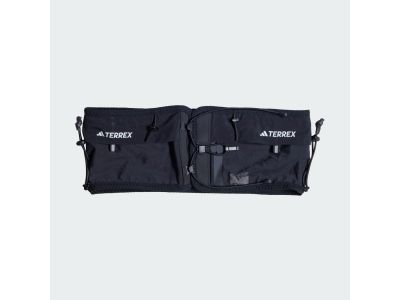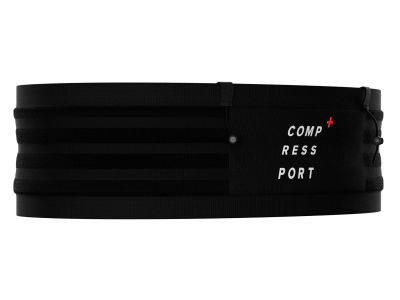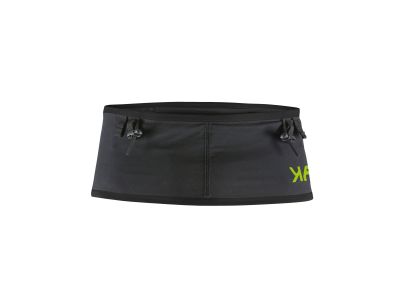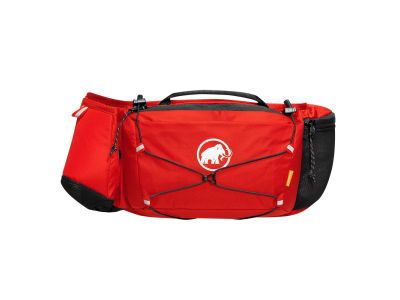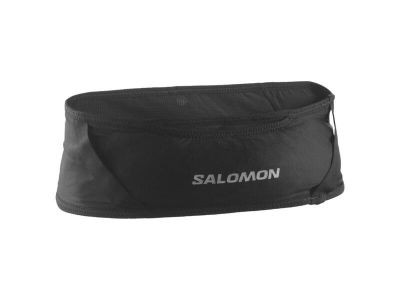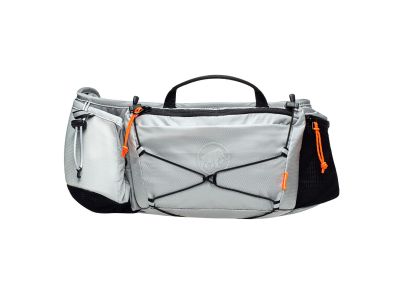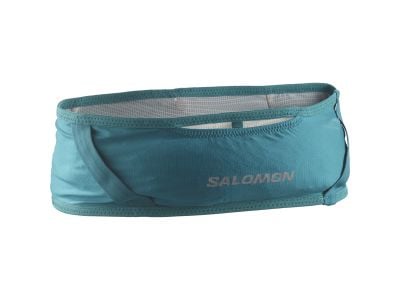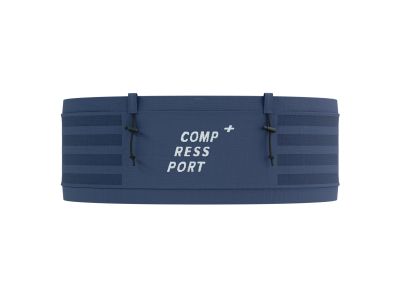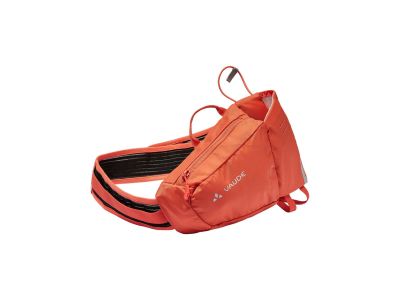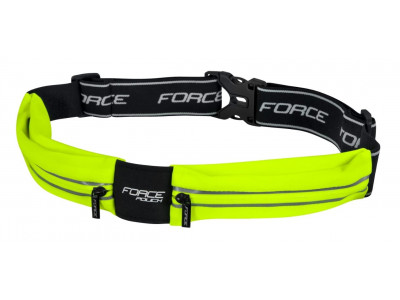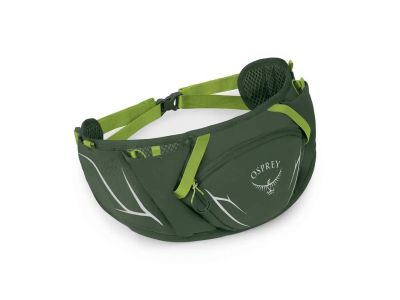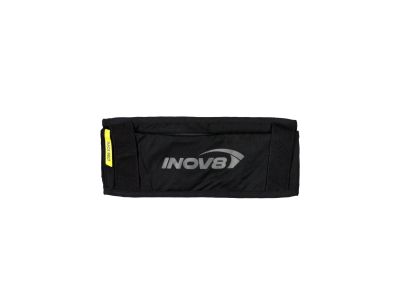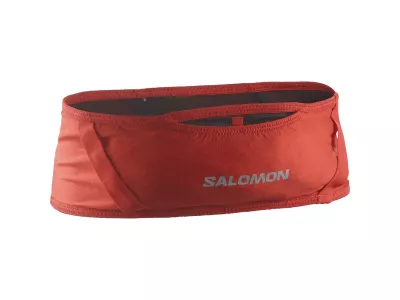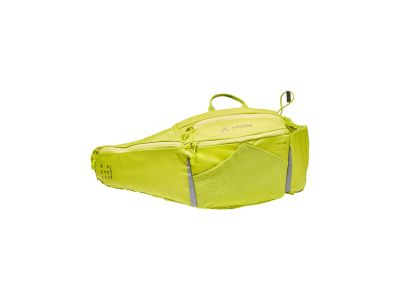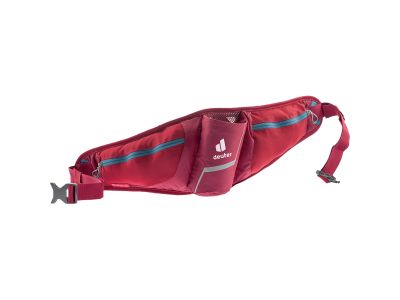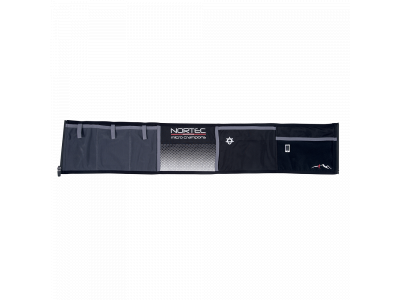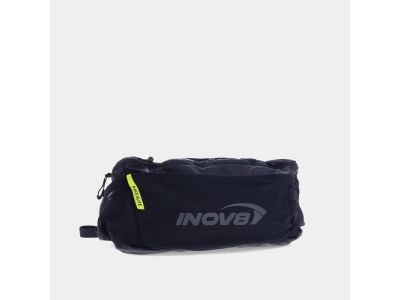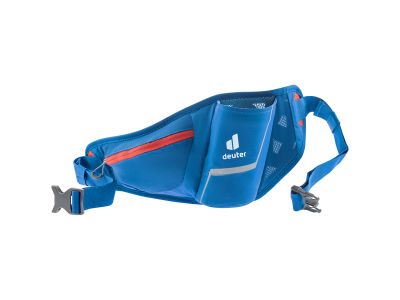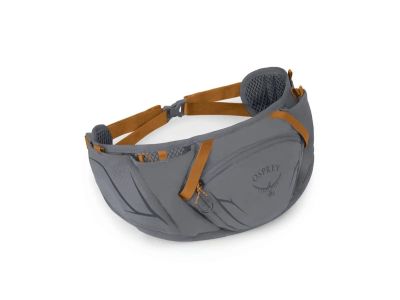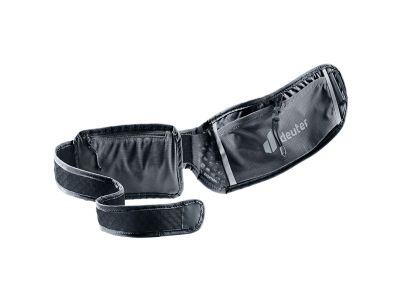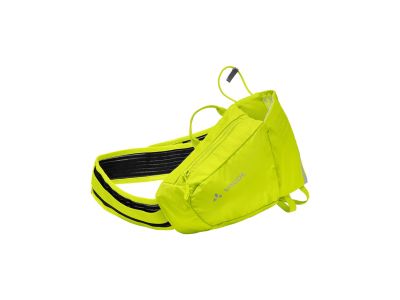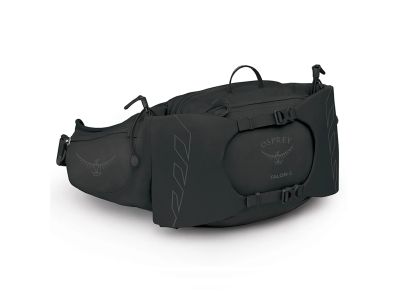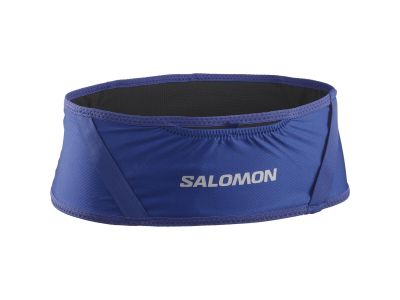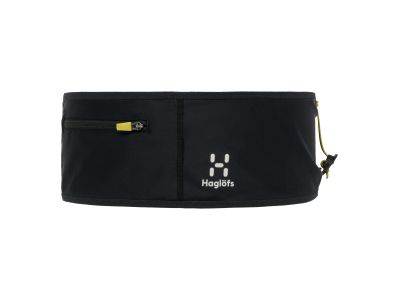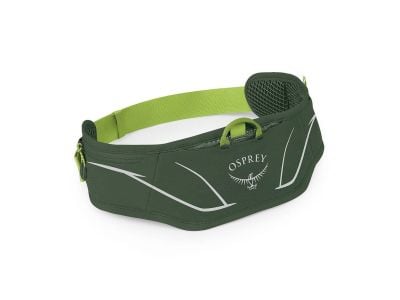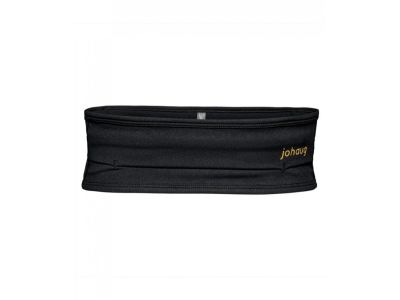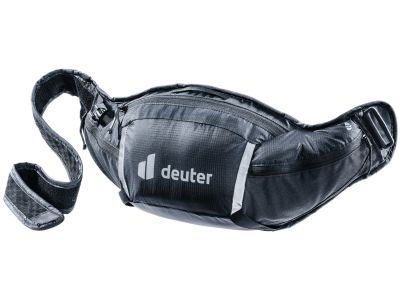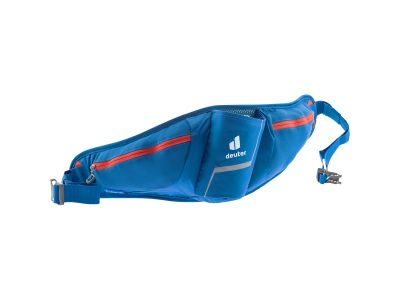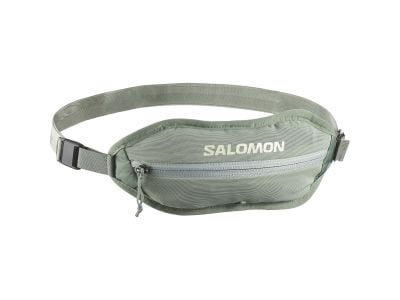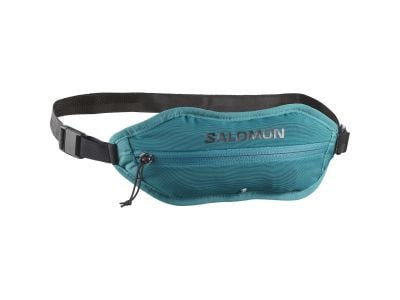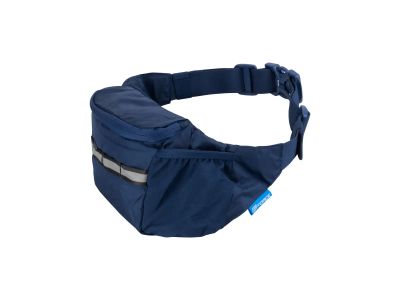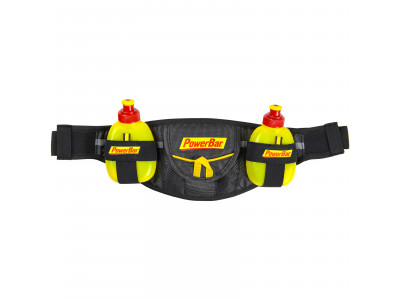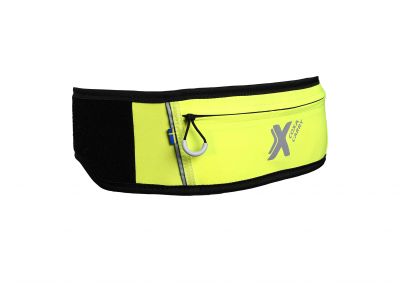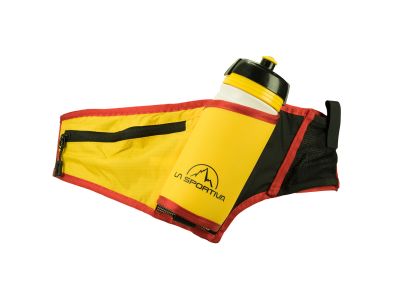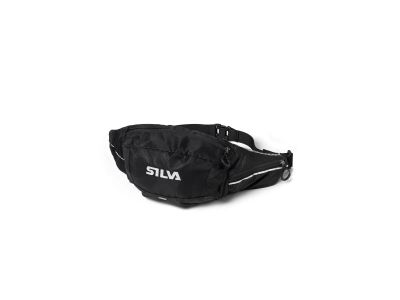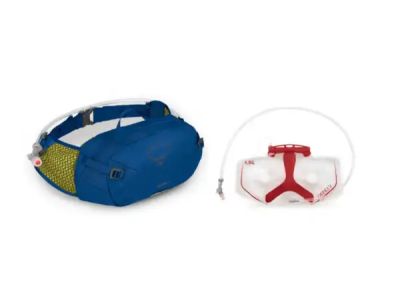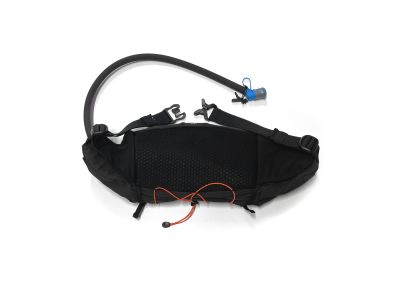For shorter and medium-length runs, when you don't need to carry a lot of things, running hip packs with a capacity of 2 to 7 litres are suitable. Running hip packs should be elastic all around, made of stretch material, so that they stay in place while running. You need to pay attention to the correct size, which depends on your waist circumference.
What are the main advantages of wearing running hip packs over running backpacks or running vests?
Running hip packs offer several advantages compared to vests and backpacks:
- Lightweight and minimalist: Running hip packs are typically smaller and lighter than backpacks or running vests, making them a more minimalist tool for carrying essentials while running.
- Better heat dissipation: Since hip packs are worn around the waist, they allow for better airflow and ventilation compared to backpacks or running vests, which can trap heat and sweat on the back and shoulders.
- Easy access: Hip packs allow for quick and easy access to essentials because they sit comfortably on your waist and are easy to open and close while you run. This can be more convenient than having to take off your backpack or adjust your running vest to get to your things.
- Better weight distribution: Compared to backpacks, which can put pressure on the upper body, hip packs distribute the weight around the waist, reducing strain on the back and shoulders.
- Versatility: Hip packs are versatile and can be worn for a variety of activities, not just running. They can be used for hiking, cycling, walking, or even travelling, providing a convenient way to carry your belongings.
Will a water bottle fit in a running hip pack?
Yes, many running hip packs come with water bottle straps or pockets that can hold a bottle. These mesh bags or straps are usually elastic or adjustable to keep the bottle securely in place while you run. When choosing a hip pack, be sure to consider the size of the bottle it will fit.
Are running hip packs comfortable for long runs?
The comfort of running hip packs can vary depending on the design, fit, and materials of the hip pack, as well as individual preferences. Here are a few factors to consider when it comes to the comfort of running hip packs:
- Fit and adjustability: A well-fitting running hip pack that can be adjusted to your waist size will help keep you comfortable during long runs. Make sure the hip pack fits snugly around your waist without bouncing or shifting as you run.
- Breathability: Look for a running hip pack made of breathable materials that allow air to flow to prevent excessive sweating and discomfort, especially during longer runs.
- Weight distribution: Running hip packs distribute weight around your waist. However, be careful not to overload your hip pack to avoid strain on your hips and lower back.
- Cushioning and support: Some running packs feature padded panels or support elements to increase comfort, especially over long distances. When choosing a pack for longer runs, consider the amount of cushioning and support it offers.
- Preventing chafing and irritation: To prevent chafing and irritation, look for running packs with smooth, soft, moisture-wicking materials that won't rub against your skin during long runs.
